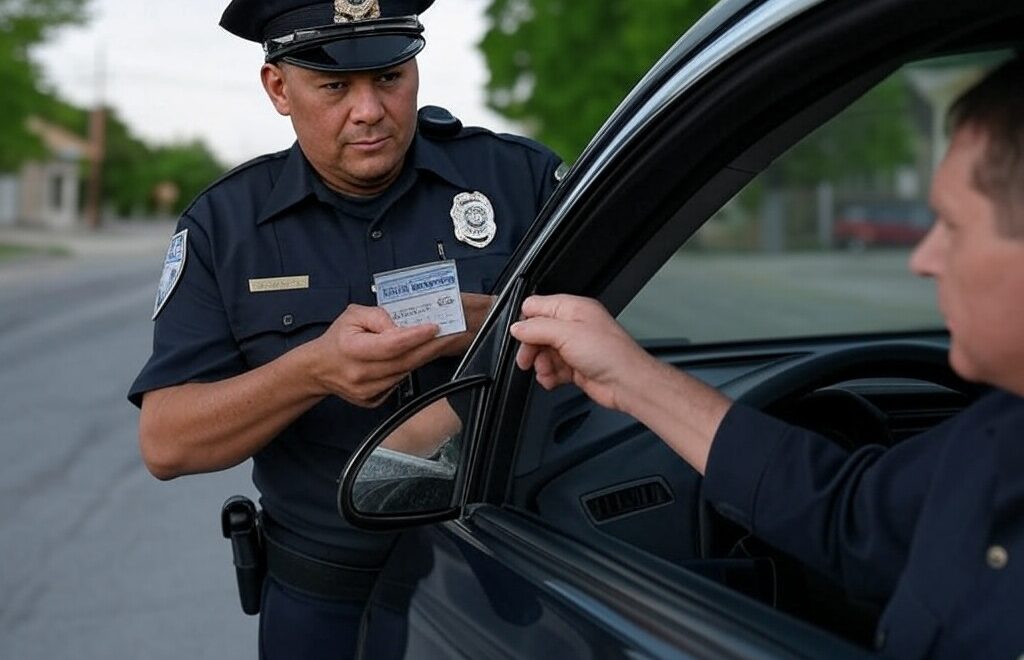History of Traffic Tickets
The History of Traffic Tickets: From Horseback to Highways
Traffic tickets, those dreaded slips of paper handed out by law enforcement, are a familiar part of modern life for drivers worldwide. But their origins are tied to the evolution of transportation itself, reflecting society’s attempts to regulate an increasingly mobile world. From the dusty roads of the 19th century to today’s high-speed highways, the history of traffic tickets is a fascinating journey through innovation, law, and human behavior.
Early Days: Regulating the Roads Before Cars
Before the automobile, traffic laws existed in a rudimentary form. In the 1800s, cities like London and New York were bustling with horse-drawn carriages, pedestrians, and the occasional bicycle. Rules were informal, often enforced by local constables who relied on common sense rather than written codes. For example, in 1868, London introduced the world’s first traffic light—a gas-powered semaphore signal—to manage horse-drawn chaos near Parliament. Violations, though, were rare and usually settled with a stern warning or a small fine paid on the spot.
The concept of a “ticket” as we know it didn’t exist yet. Instead, offenders might be summoned to court or fined directly by an officer. These early regulations focused on preventing collisions and keeping public spaces orderly, but enforcement was inconsistent, and record-keeping was minimal.
The Automobile Revolution and the Birth of Traffic Tickets
The invention of the automobile in the late 19th century changed everything. Karl Benz’s 1886 Motorwagen was just the beginning; by the early 1900s, cars were multiplying on roads designed for slower, simpler traffic. With speed came danger—and the need for control.
The first recorded traffic ticket in the United States is often credited to New York City in 1899. A cab driver named Jacob German was arrested for speeding down Lexington Avenue at a blistering 12 miles per hour in an electric taxi. There was no standardized “ticket” yet; German was hauled off to jail, and the incident made headlines as a curiosity. However, this event signaled a shift: motorized vehicles demanded a new approach to law enforcement.
By 1901, New York state introduced the first driver’s license requirement, and other regions followed suit. Traffic codes began to formalize, with speed limits, right-of-way rules, and restrictions on reckless driving. The “ticket” as a written citation emerged as a practical solution. Officers could issue a fine or court summons without immediate arrest, streamlining enforcement. In 1904, Ohio issued what some consider the first modern traffic ticket to a driver named Harry Myers, caught speeding in Dayton. The fine? A modest $5.
The Rise of the Ticket System
As car ownership exploded in the 1920s—thanks to Henry Ford’s affordable Model T—traffic violations became a daily headache for cities. Police departments established dedicated traffic units, and the ticket system matured. Citations were handwritten, detailing the offense, fine amount, and payment instructions. Speeding was the most common violation, but tickets also covered parking infractions, running stop signs (introduced in 1917), and ignoring the growing number of traffic signals.
The 1930s and 1940s saw further refinements. Radar guns, invented during World War II, were adapted for civilian use by the late 1940s, giving officers a precise tool to catch speeders. Tickets became standardized forms, often in duplicate or triplicate, with carbon copies for record-keeping. Fines varied widely by jurisdiction, but they were increasingly seen as both a deterrent and a revenue source for local governments—a dual role that remains controversial today.
Mid-20th Century: Tickets Go Mainstream
Post-war prosperity in the 1950s and 1960s fueled a boom in car culture, especially in the United States. Highways expanded, suburbs grew, and traffic tickets became a routine part of driving life. The introduction of the interstate highway system in 1956 brought federal standards, but enforcement remained local. Tickets evolved with technology: typewriters replaced handwriting, and by the 1970s, some departments experimented with early computer systems to track violations.
Cultural attitudes toward tickets shifted too. They became fodder for jokes, cartoons, and even songs—like Chuck Berry’s 1960 hit “No Money Down,” which mentions dodging a fine. Yet they also sparked resentment, with drivers grumbling about “speed traps” and overzealous cops.
Modern Era: Digital Tickets and Beyond
The late 20th and early 21st centuries brought traffic enforcement into the digital age. By the 1990s, handheld printers allowed officers to issue tickets on the spot with barcodes and database integration. Red-light cameras and speed cameras, first widely used in Europe, spread to the U.S., automating ticketing and igniting debates over privacy and fairness.
Today, traffic tickets are a blend of old and new. Officers still patrol with radar guns and notepads, but electronic citations can be emailed or paid online. In some places, artificial intelligence analyzes traffic patterns to optimize enforcement. Fines have ballooned—sometimes reaching hundreds of dollars—reflecting both inflation and municipalities’ reliance on ticket revenue.
A Lasting Legacy
From Jacob German’s 12-mph joyride to a modern driver nabbed by a drone-mounted camera, traffic tickets have evolved alongside transportation itself. They’re a testament to society’s ongoing struggle to balance freedom, safety, and order on the roads. Love them or hate them, traffic tickets are here to stay—proof that even in the age of self-driving cars, humans (and their machines) still need a nudge to follow the rules.
Published on Traffic Safety Guide, your go-to resource for staying safe and informed on the roads.

